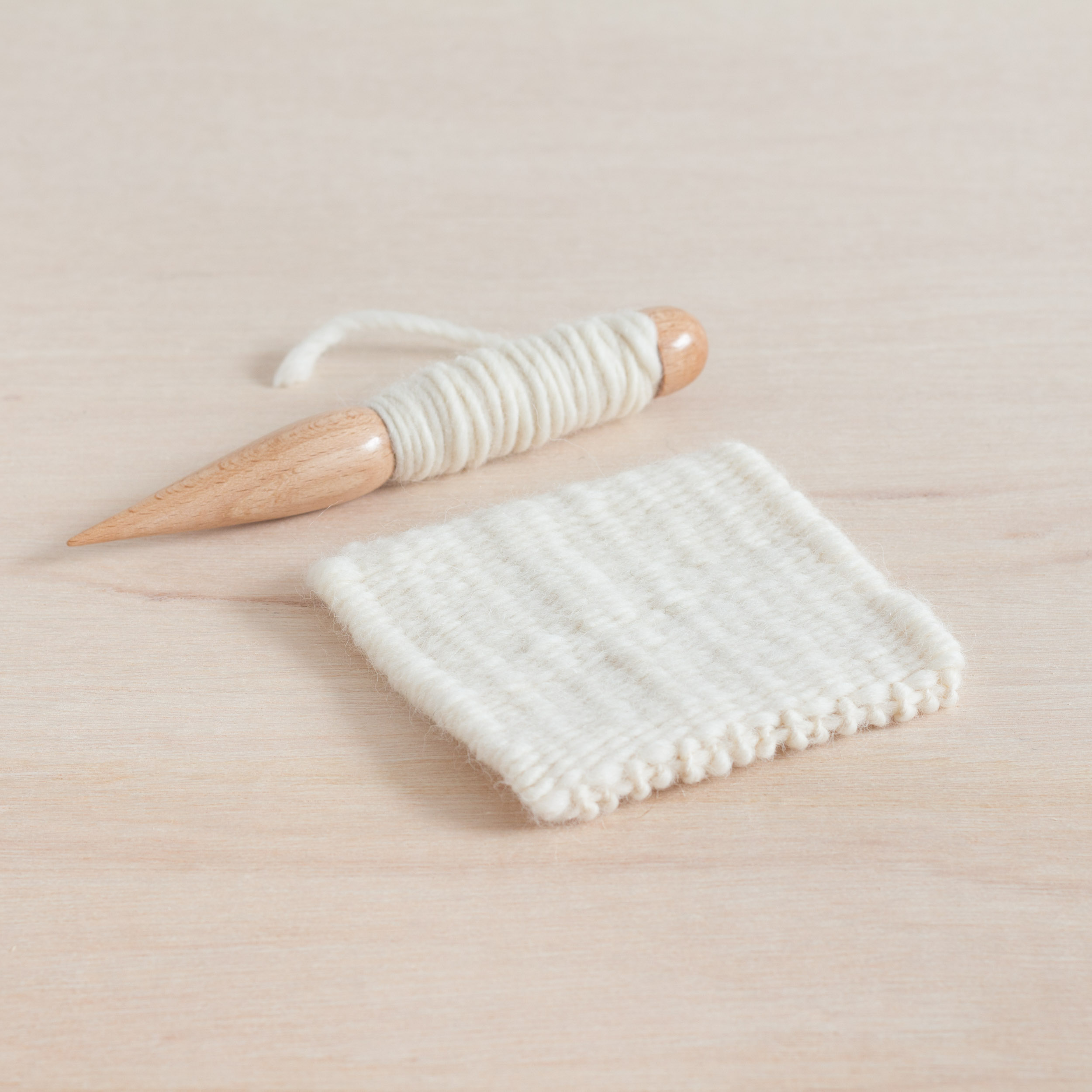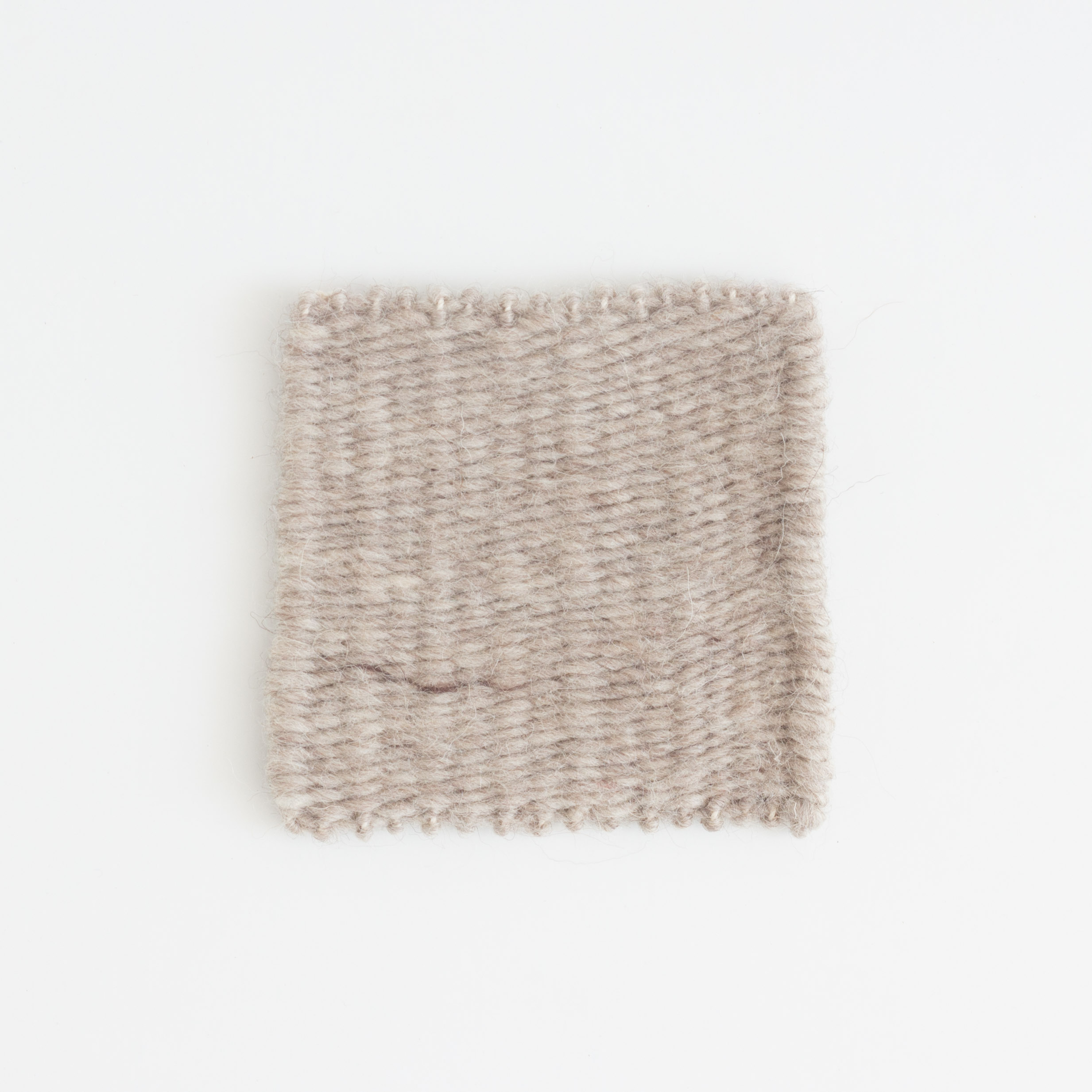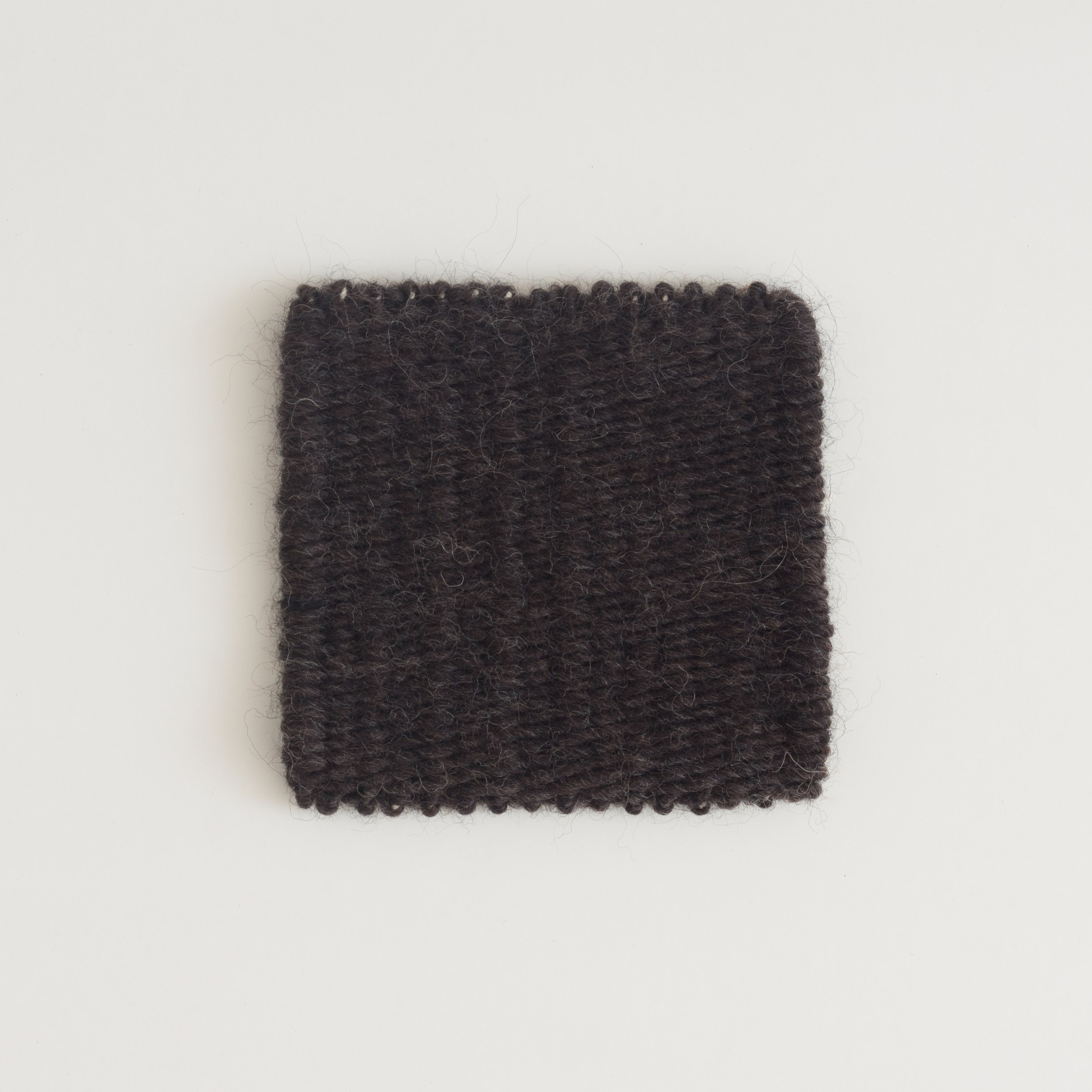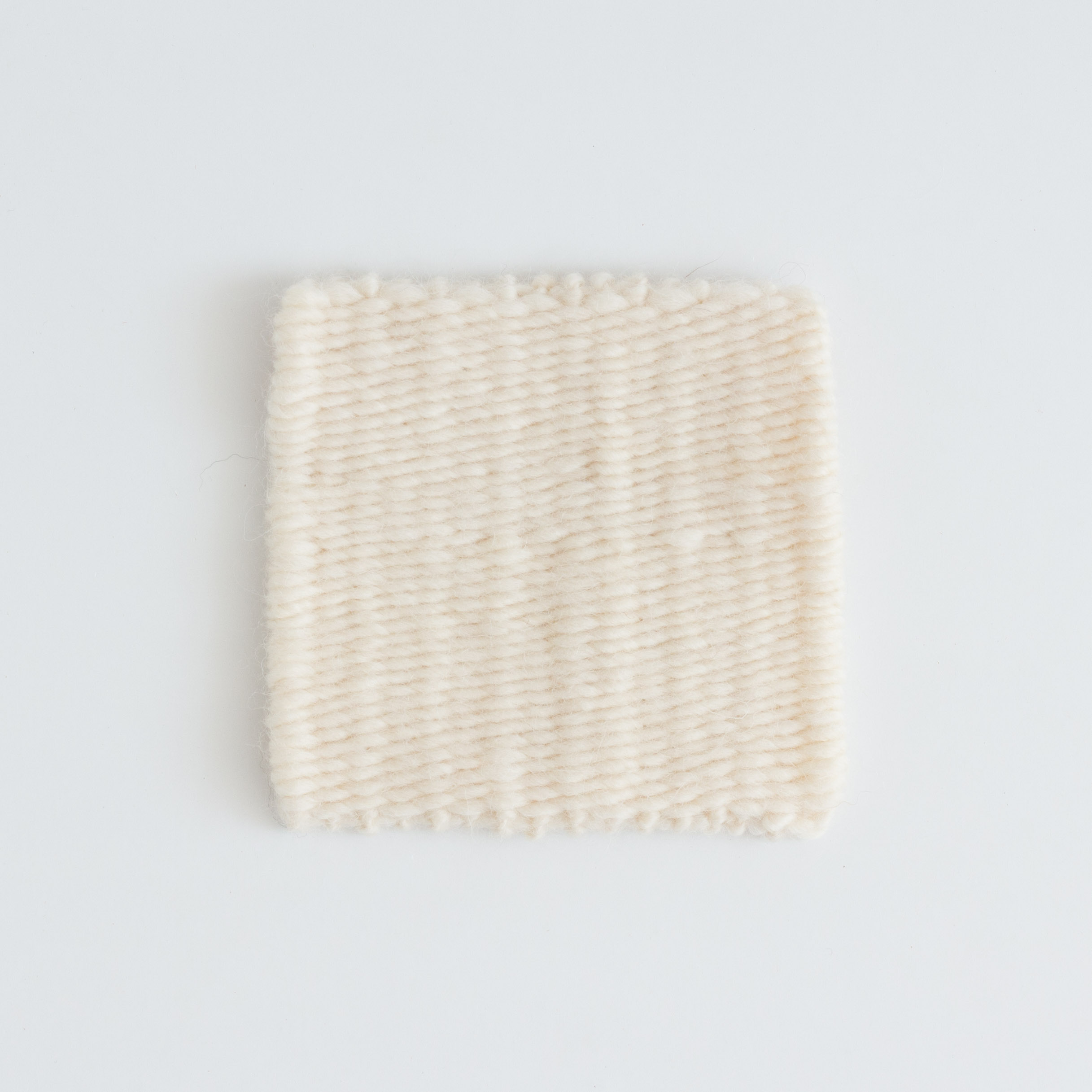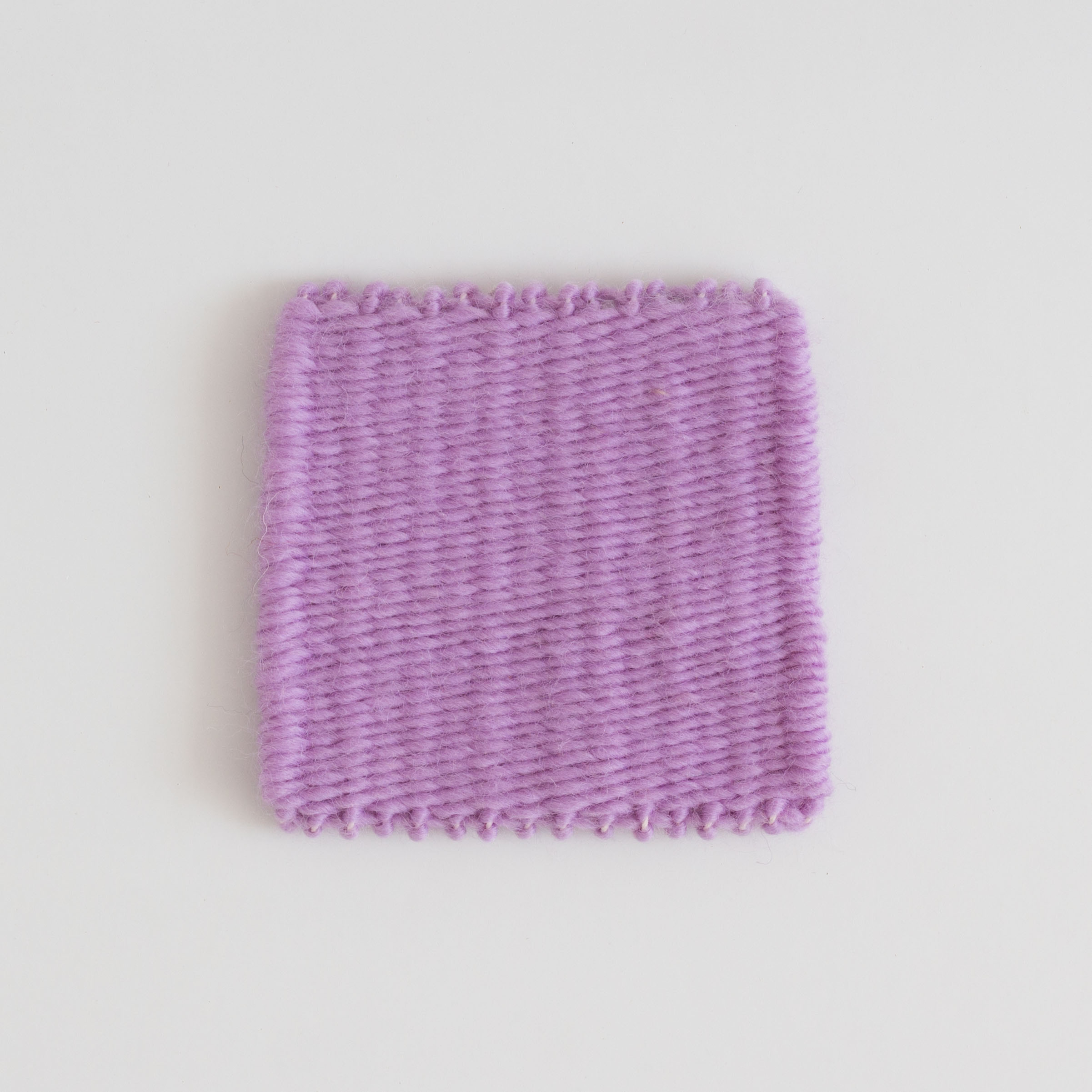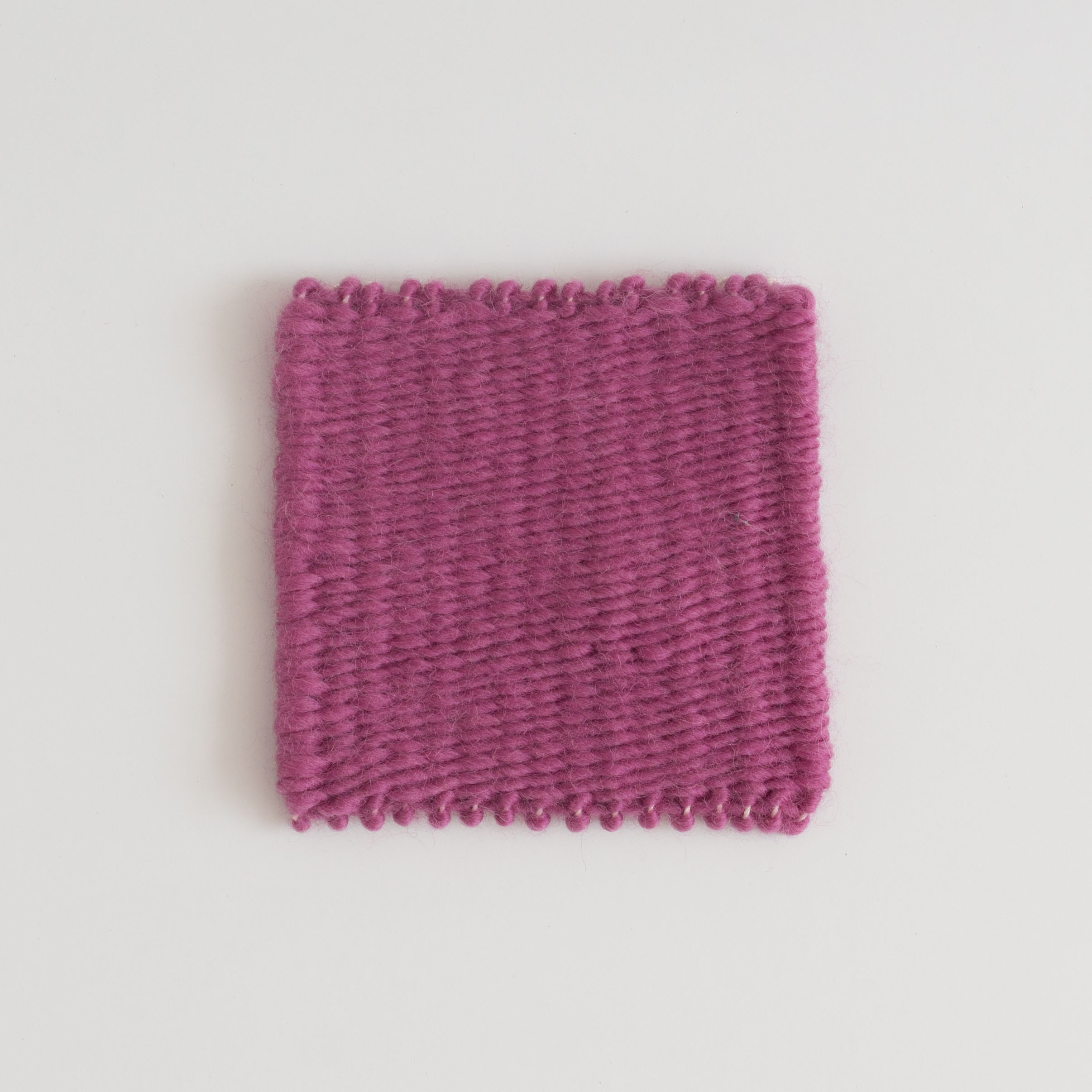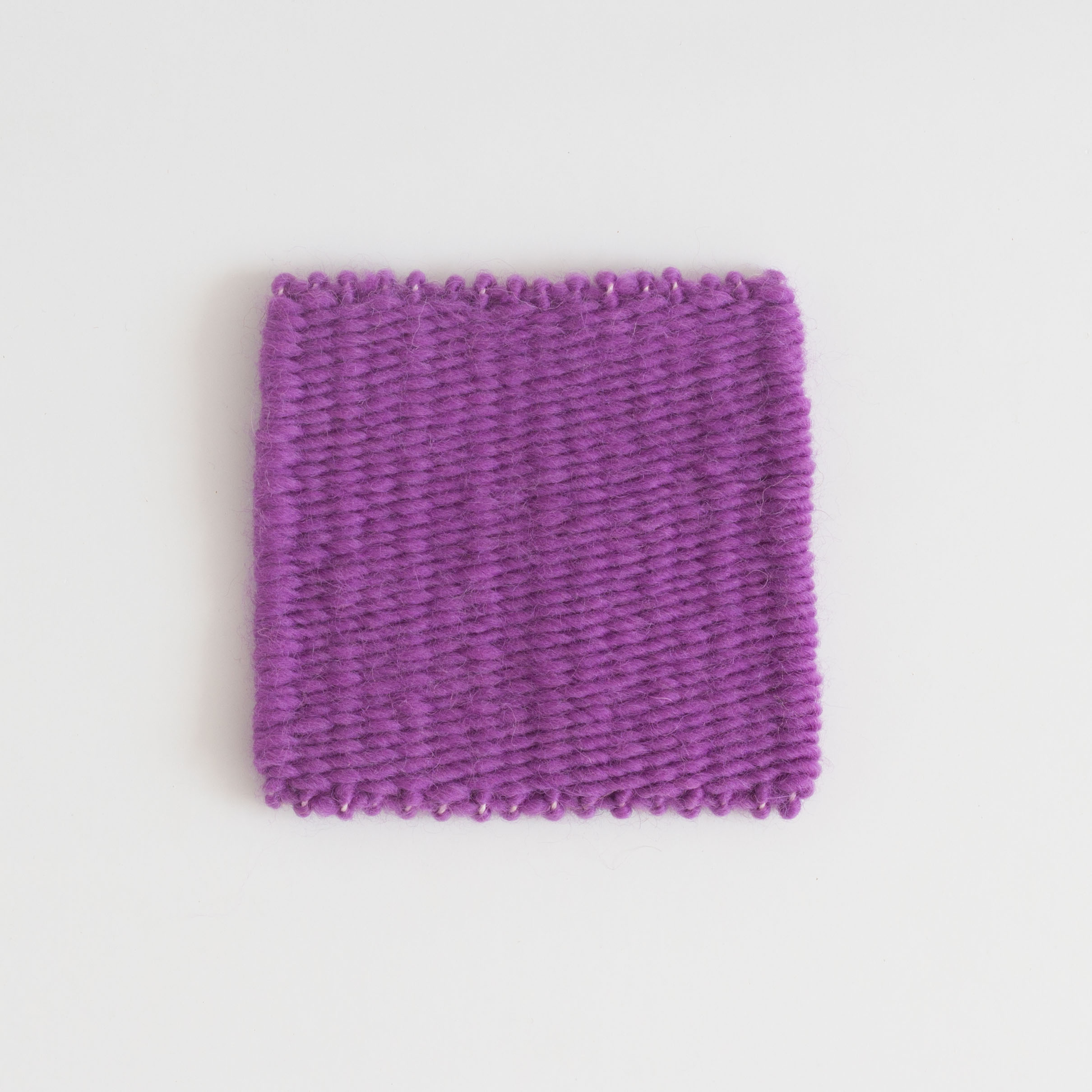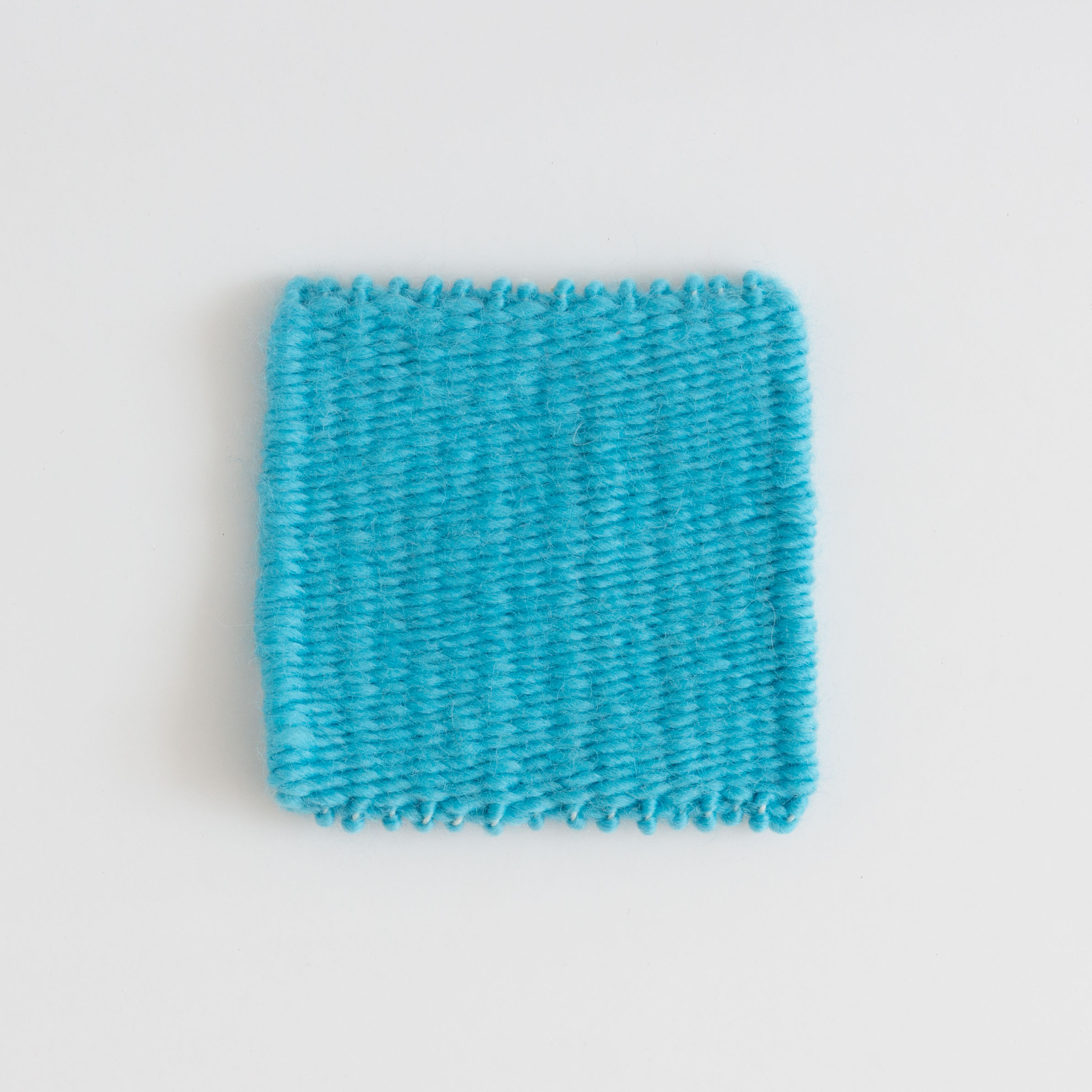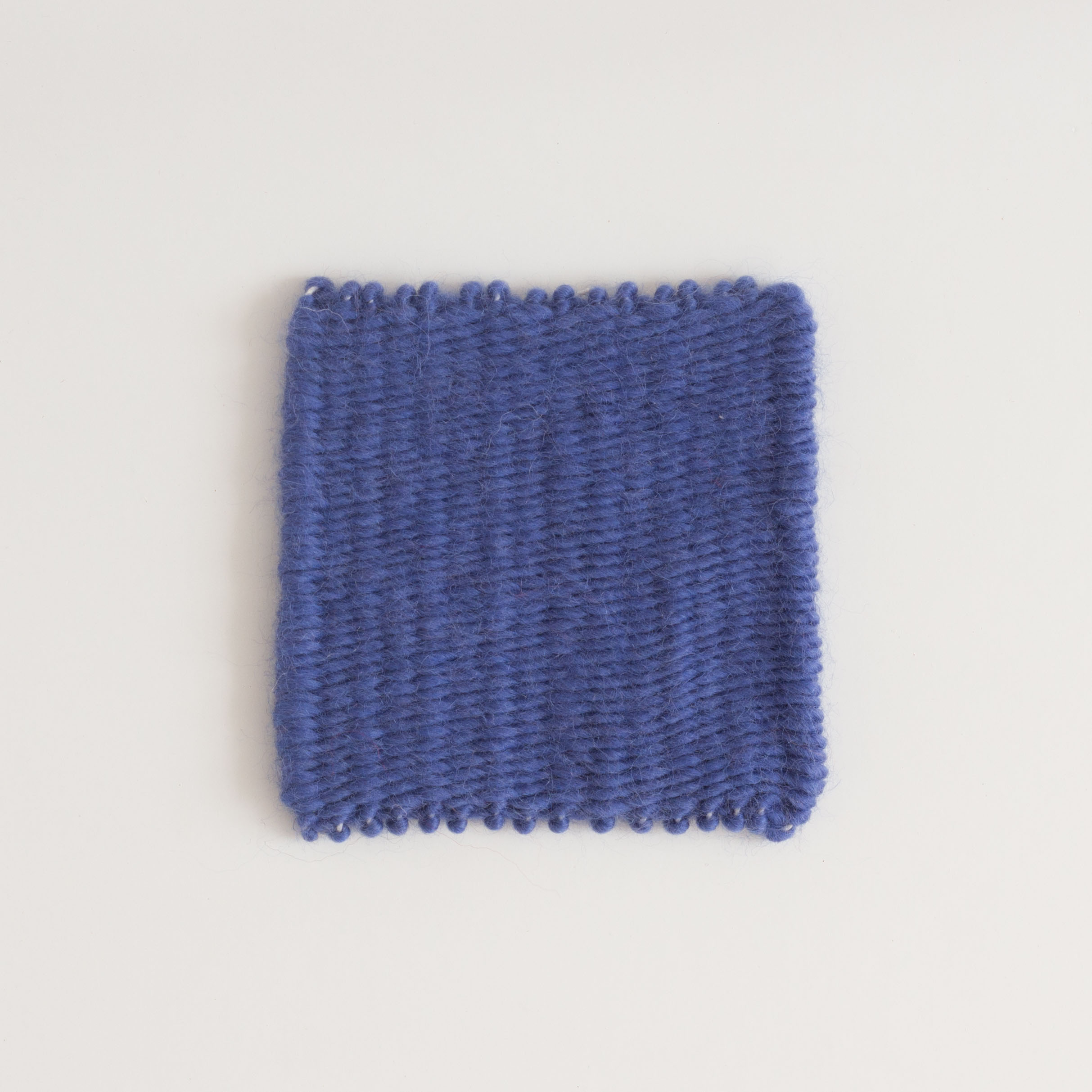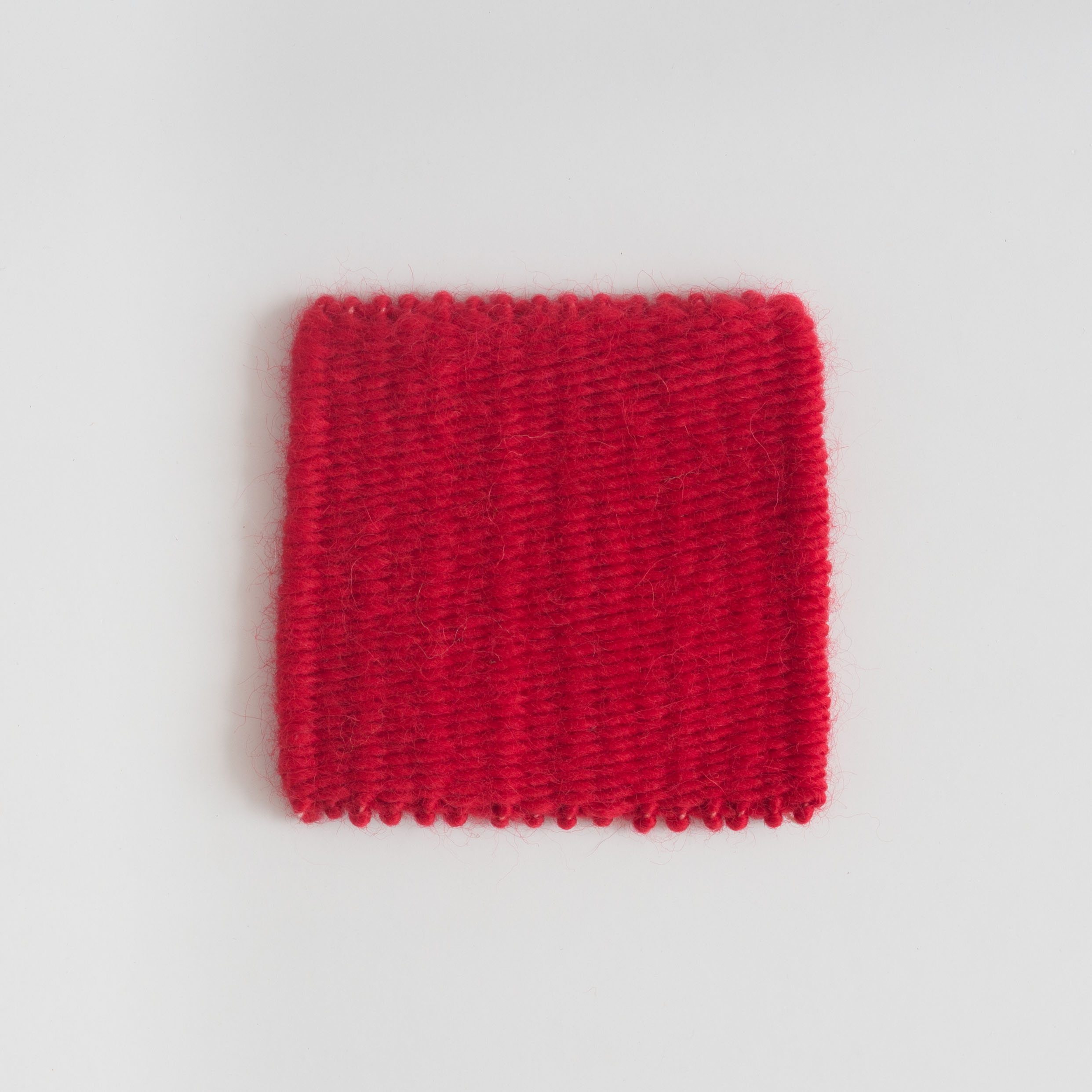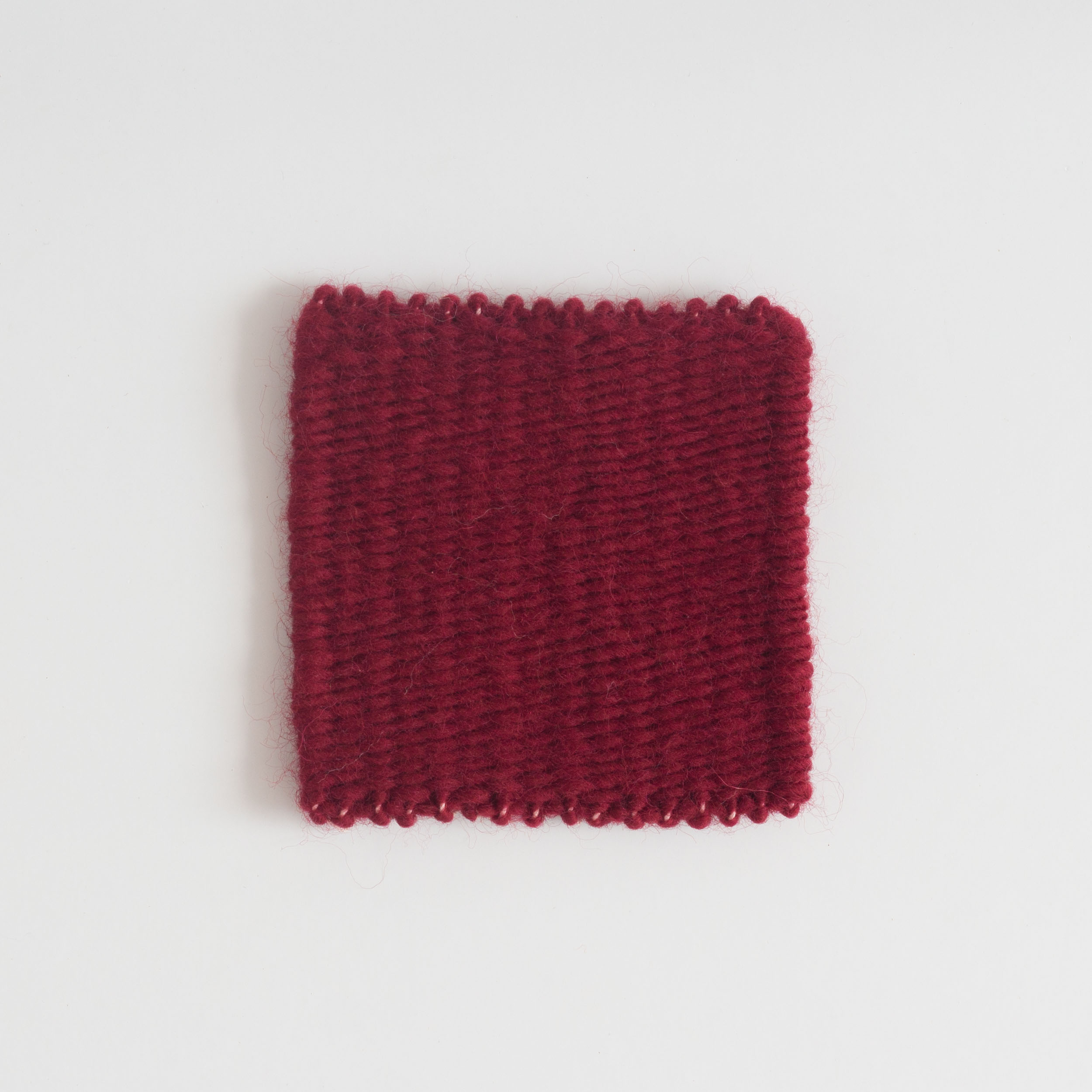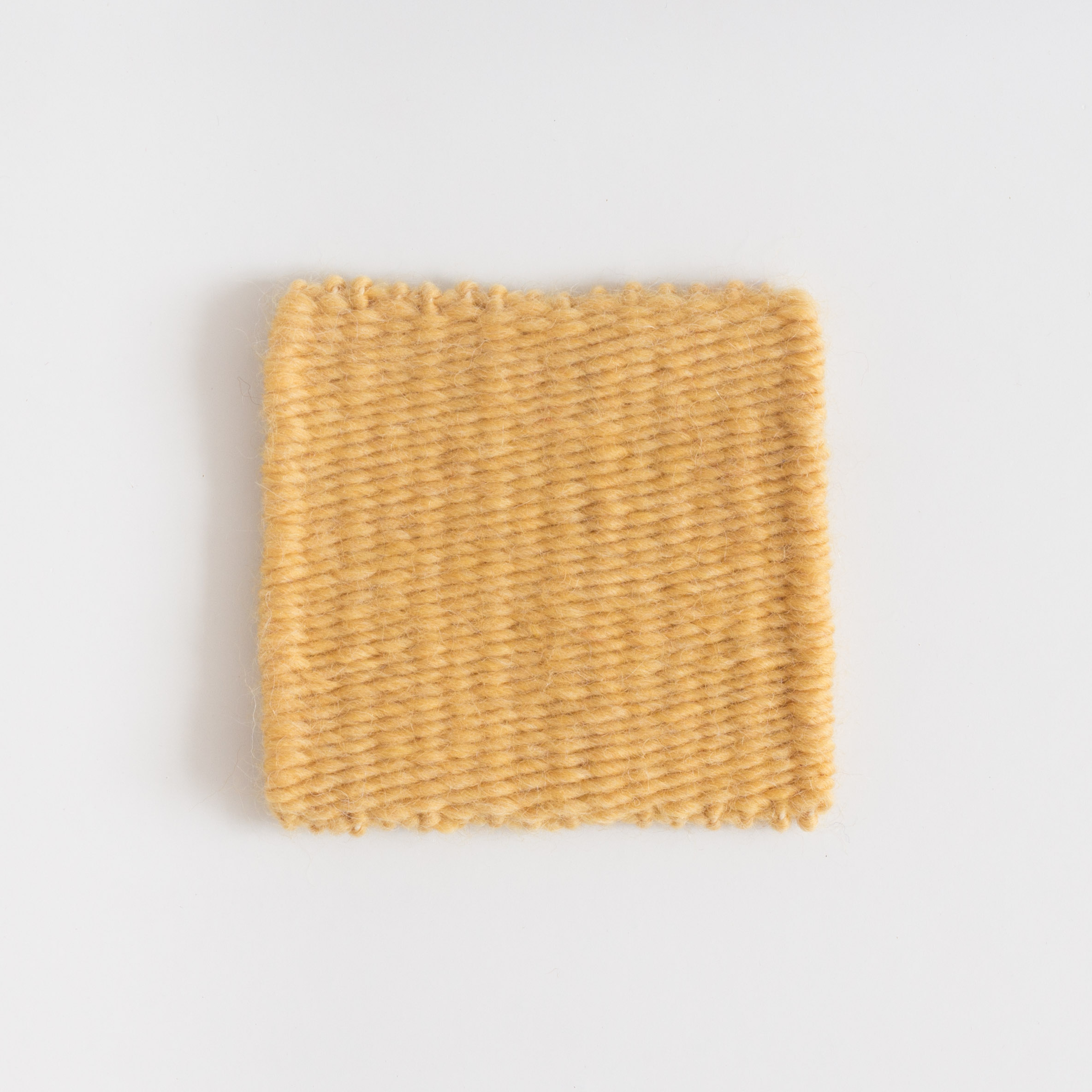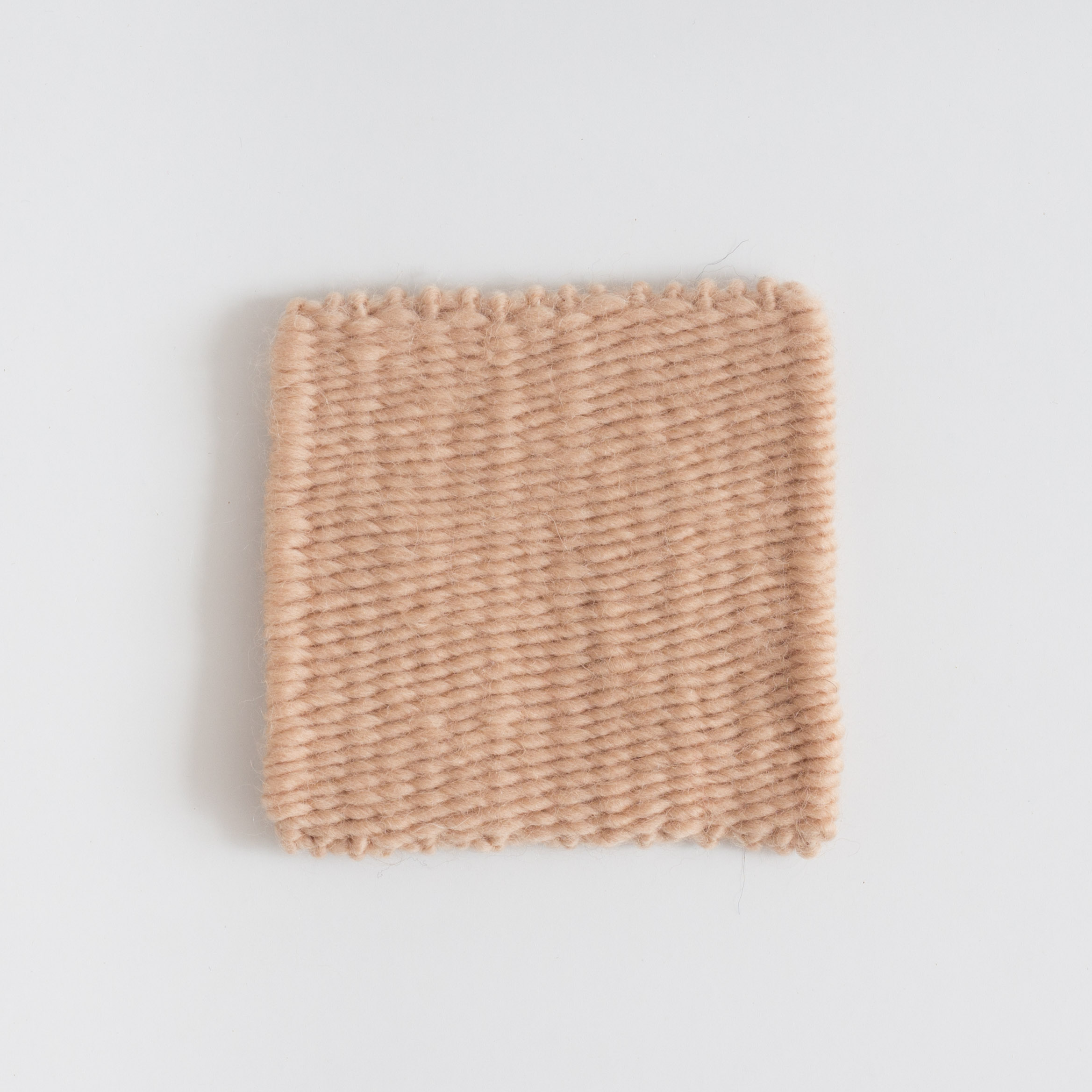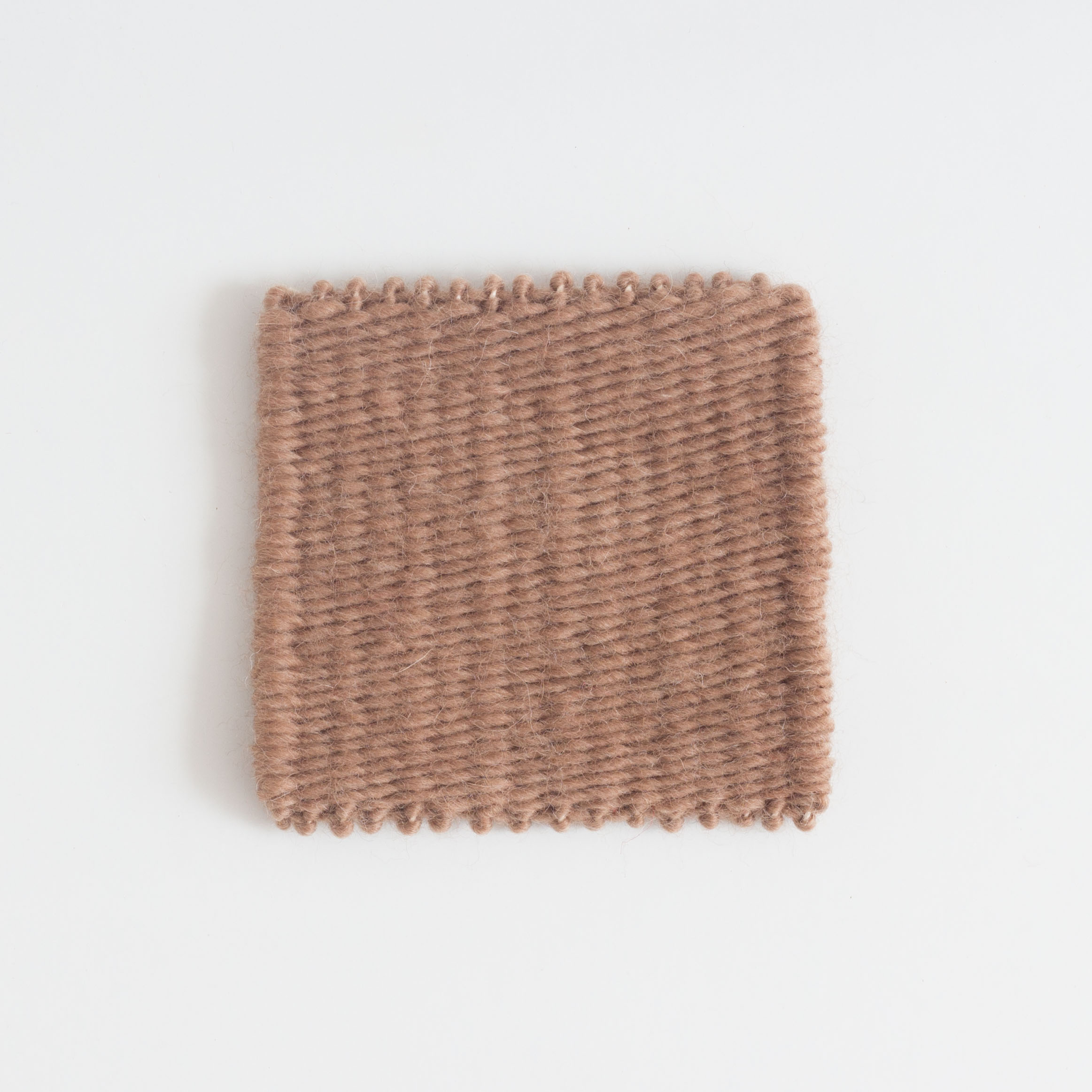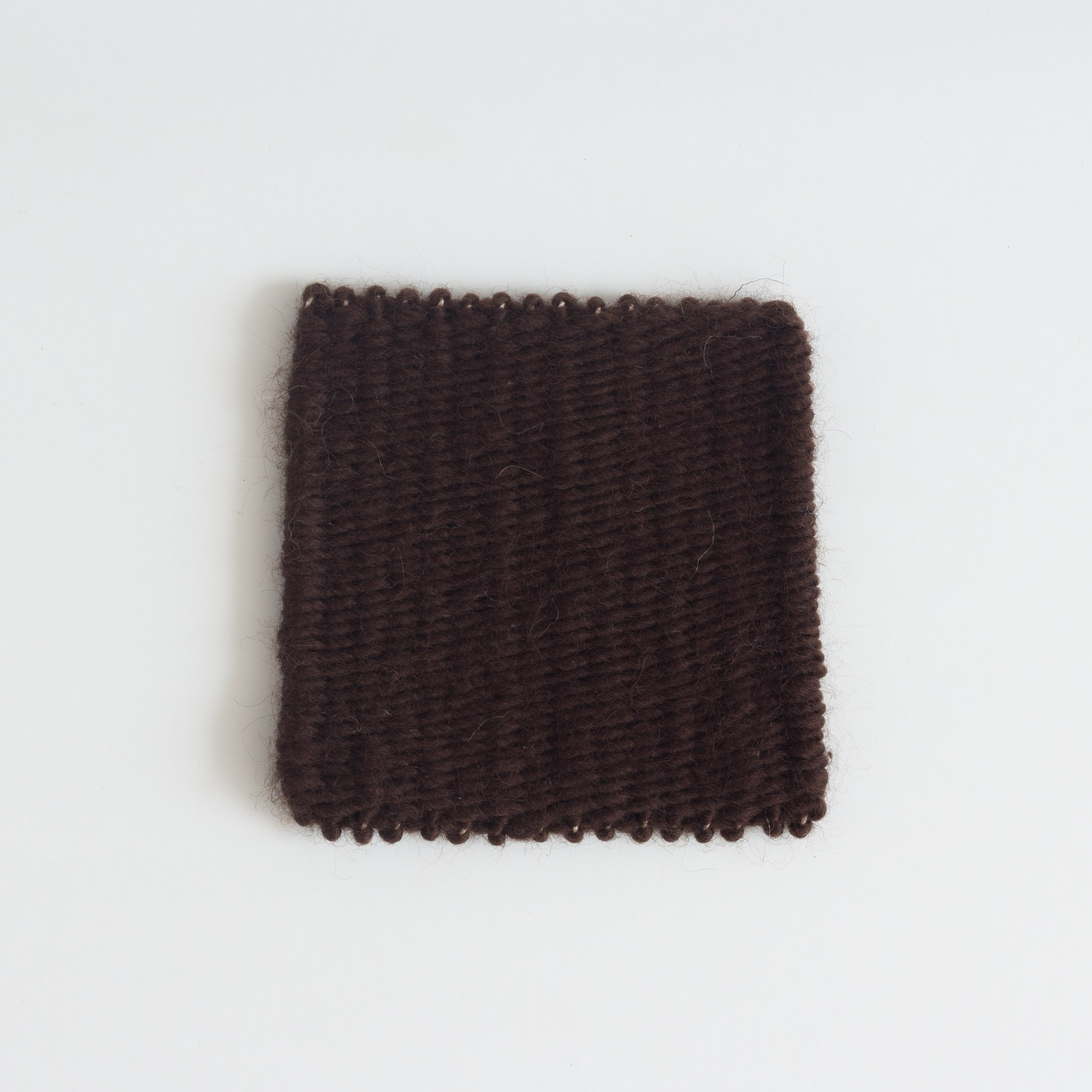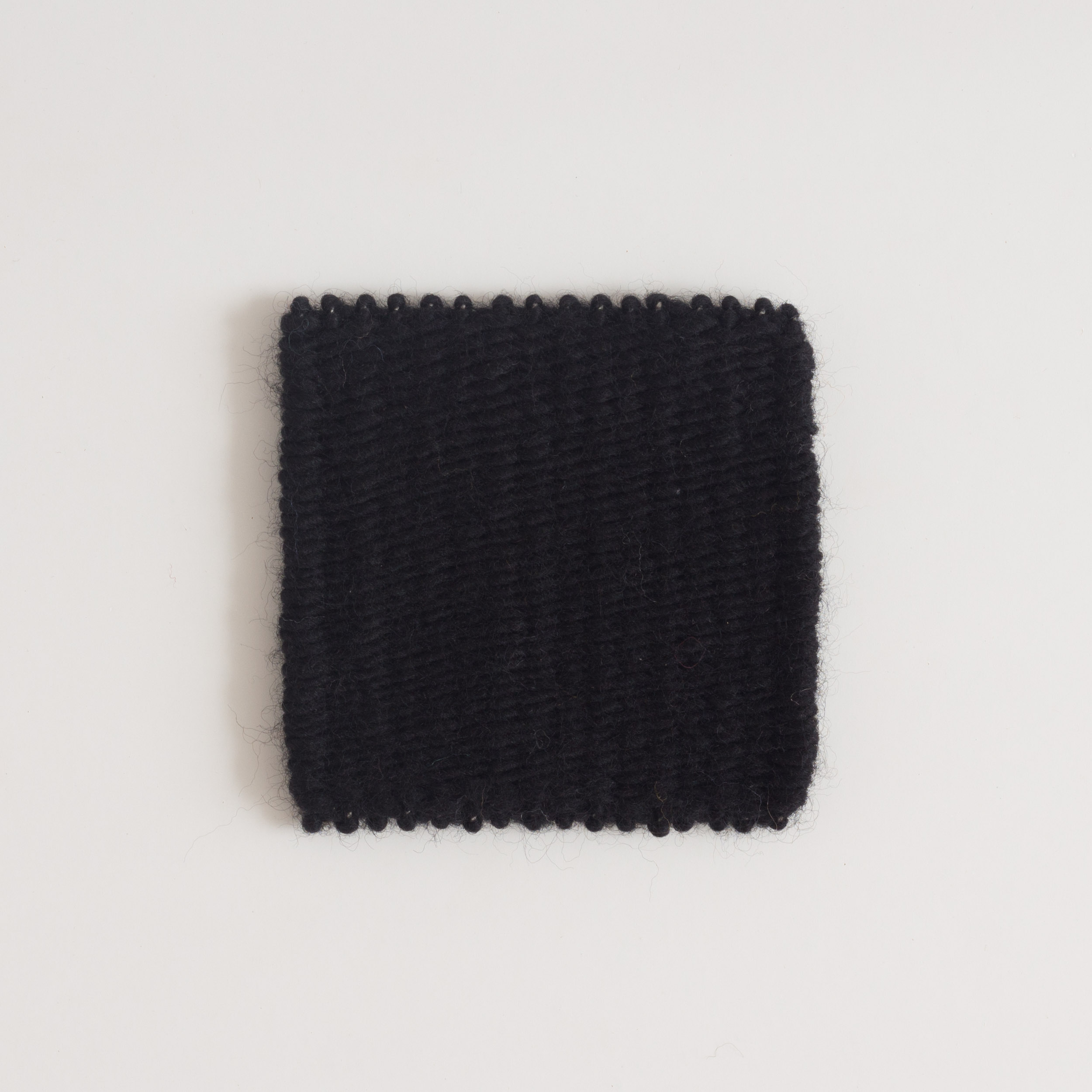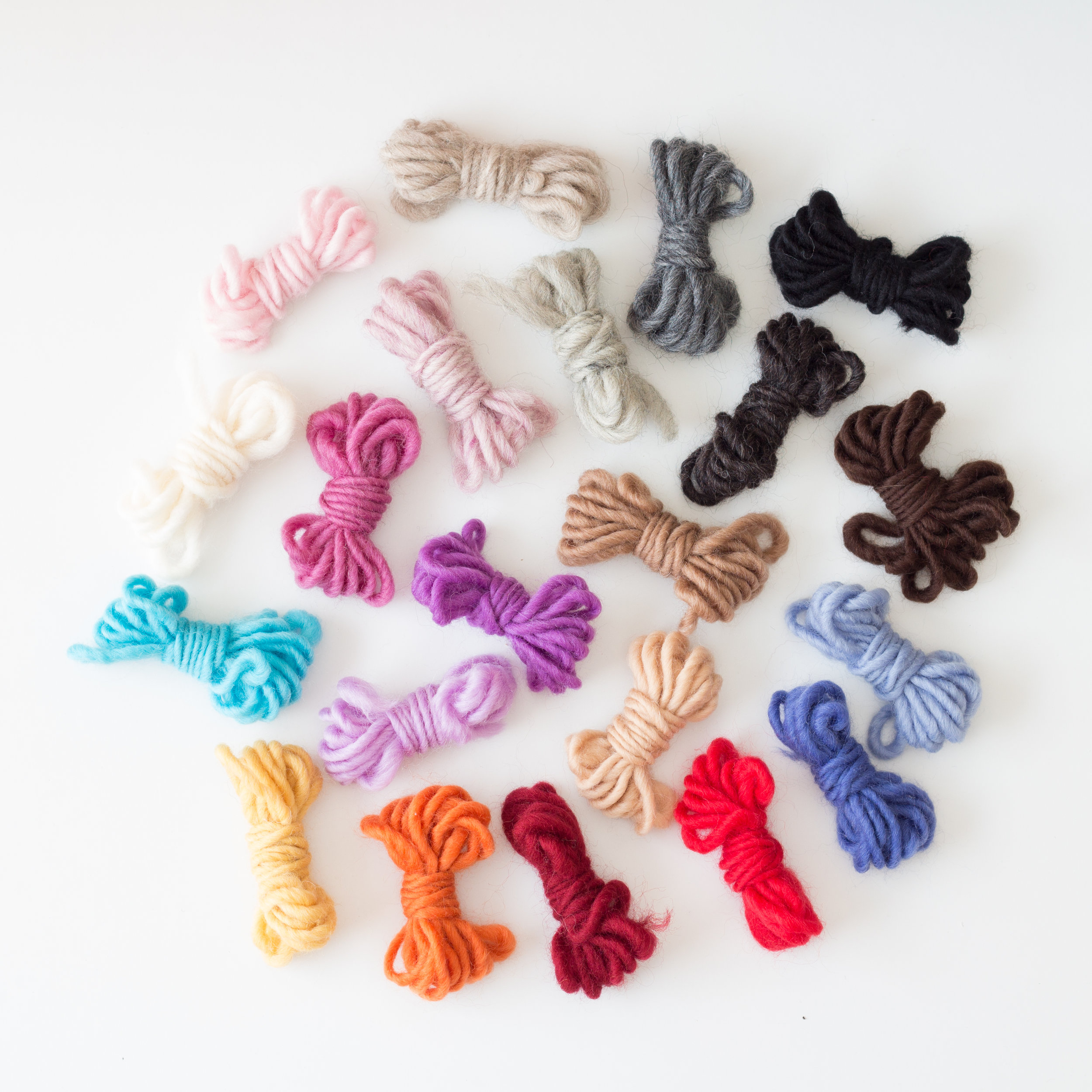WELCOME ANGORA NEP
Angora Nep by AVRIL combines a luxurious blend of wool and angora with flecks of nylon nep to produce a charming tweedy lace-weight yarn suitable for tapestry weaving, weaving for yardage, and other popular fibre crafts.
Being a rather delicate yarn, a spinning oil is applied during milling. As a result, the true texture and appearance of the yarn remains hidden until a final wash fluffs and softens the fibres.
With the yarns unique construction and a palette of 13 light and dark hues, Angora Nep is perfect for building your own yarns and blending colours to create one of kind textures and palettes. Simply combine multiple stands to produce unique fabrics and stunning colour work – think elegant gradients and soft transitions!
THE YARN
FIBRE CONTENT: Wool 65%, Nylon 25%, Angora 10%
CONSTRUCTION: Two plies, light twist, water-soluble spinning oil applied during milling
WEIGHT: 50g (1.7oz)
LENGTH: 400m (437y)
ORIGIN: Made in Japan
CARE: Cold hand wash
WORKING THE YARN
Angora Nep is suitable for most fibre crafts, including tapestry weaving, weaving for yardage, knitting, crochet and felting. You’ll find a list of suggested gauges for various projects below.
If you intend to felt your piece or apply a more vigorous finishing technique we suggest working the piece 10% to 20% larger than the intended size. It’s highly recommended that a test swatch be made, applying your intended finishing technique to assess the variables of the fabric you’ve crafted.
FINISHING
To remove the spinning oil applied during milling, prepare a bath of tepid water and if desired add a few drops of mild detergent or wool wash. Immerse the finished piece and allow to soak for 10 to 15 minutes. Lift the piece from the water and allow to drain. Gently remove excess water by pressing the fabric between layers of a dry towel. Lay flat to dry.
The texture and appearance of your fabric can be manipulated by using warm/hot water and agitation. Be sure to test the effects of these variables on a sample you’ve swatched before applying them to your finished piece.
GAUGE SUGGESTIONS
TAPESTRY WEAVING (WEFT FACED WEAVES)
4 epi (16 ends / 10cm) – 8 strands
6 epi (24 ends / 10cm) – 6 strands
8 epi (32 ends / 10cm) – 4 Strands
WEAVING FOR YARDAGE (BALANCED WEAVES)
12 epi (50 ends / 10cm) – 1 strands
10 epi (40 ends / 10cm) – 2 strands
8 epi (32 ends / 10cm) – 3 strands
KNITTING
Needle size 2.75mm - 3.5mm (US 2-4) - 1 strand
Needle size 4mm - 5mm (US 6-8) - 2 strands
CROCHET
Hook size 3.5mm - 5mm (US 4-8) – 1-2 strands
FELTING
Determine gauge by working a test swatch in your preferred craft and apply your preferred felting technique.

























































